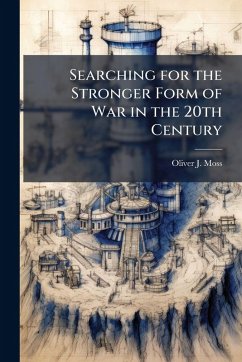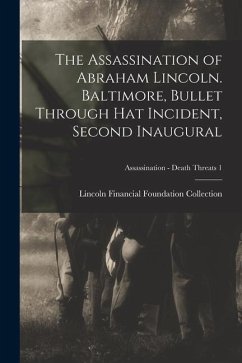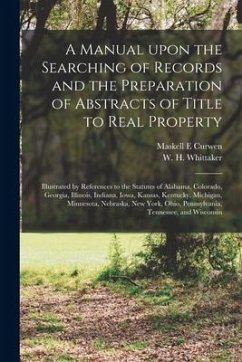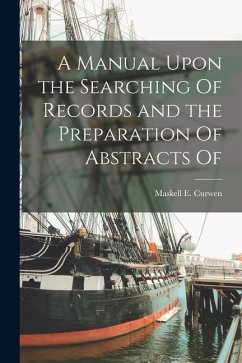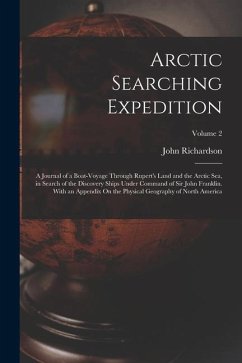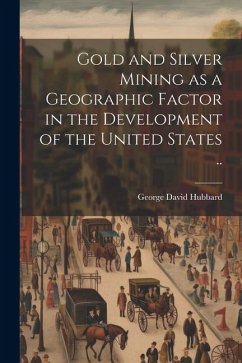
Searching for the Silver Bullet

PAYBACK Punkte
7 °P sammeln!
This paper examines air coercion, a strategy of increasing importance to the Air Force and other Services. Although a number of scholars have begun to look at air coercion strategies in some detail, to include theoretical underpinnings and application in historical examples, two key weaknesses persist in the existing literature. First, despite much recent attention, air coercion is still poorly defined, and scholars too often misuse the term or try to apply it where it should not be applied. Second, there has not been enough study of specific coercive mechanisms and how airpower strategies inf...
This paper examines air coercion, a strategy of increasing importance to the Air Force and other Services. Although a number of scholars have begun to look at air coercion strategies in some detail, to include theoretical underpinnings and application in historical examples, two key weaknesses persist in the existing literature. First, despite much recent attention, air coercion is still poorly defined, and scholars too often misuse the term or try to apply it where it should not be applied. Second, there has not been enough study of specific coercive mechanisms and how airpower strategies influence them. Mechanisms are the means by which attacks on various targets, such as fielded military forces, economic infrastructure, and public opinion, translate into coercive leverage against adversary leadership. To fill these gaps in the current scholarship, this paper defines air coercion and discusses briefly the kinds of armed conflicts in which it may or may not succeed. From there, it addresses the issue of coercive mechanisms in some detail, including an appraisal of their importance and utility to air campaign planners. Finally, it assesses the effectiveness of air coercion in two historical case studies: the air pressure campaign in the closing months of the Korean War and Operation Deliberate Force, flown against the Bosnian Serbs in 1995. This work has been selected by scholars as being culturally important, and is part of the knowledge base of civilization as we know it. This work was reproduced from the original artifact, and remains as true to the original work as possible. Therefore, you will see the original copyright references, library stamps (as most of these works have been housed in our most important libraries around the world), and other notations in the work. This work is in the public domain in the United States of America, and possibly other nations. Within the United States, you may freely copy and distribute this work, as no entity (individual or corporate) has a copyright on the body of the work. As a reproduction of a historical artifact, this work may contain missing or blurred pages, poor pictures, errant marks, etc. Scholars believe, and we concur, that this work is important enough to be preserved, reproduced, and made generally available to the public. We appreciate your support of the preservation process, and thank you for being an important part of keeping this knowledge alive and relevant.




